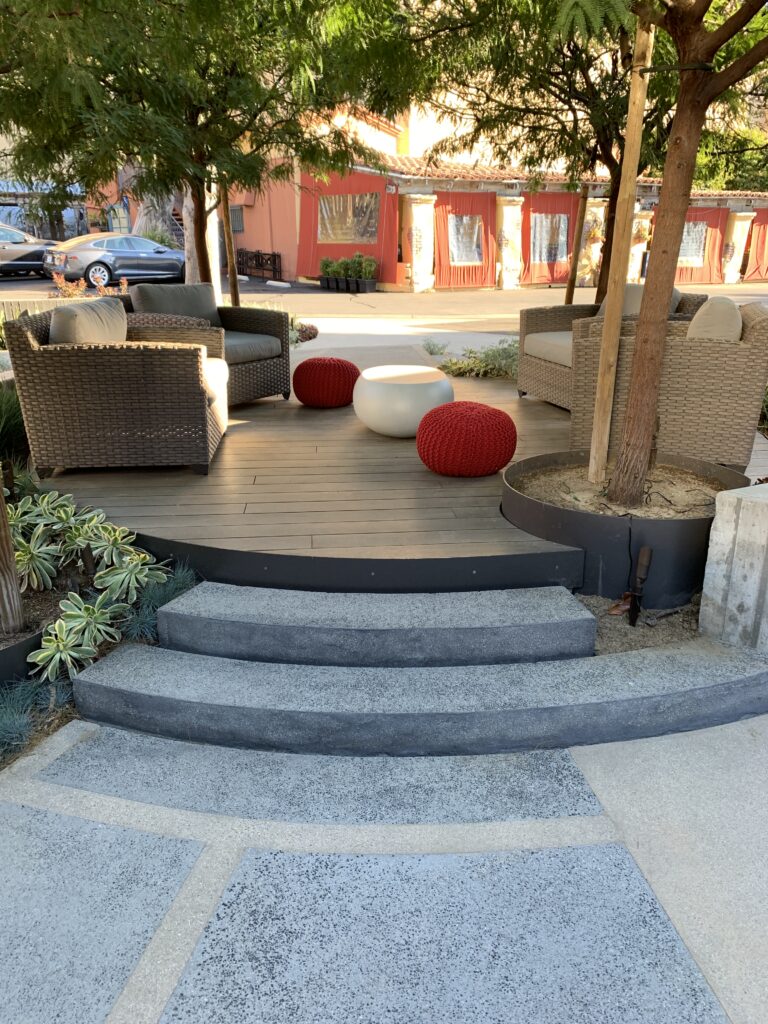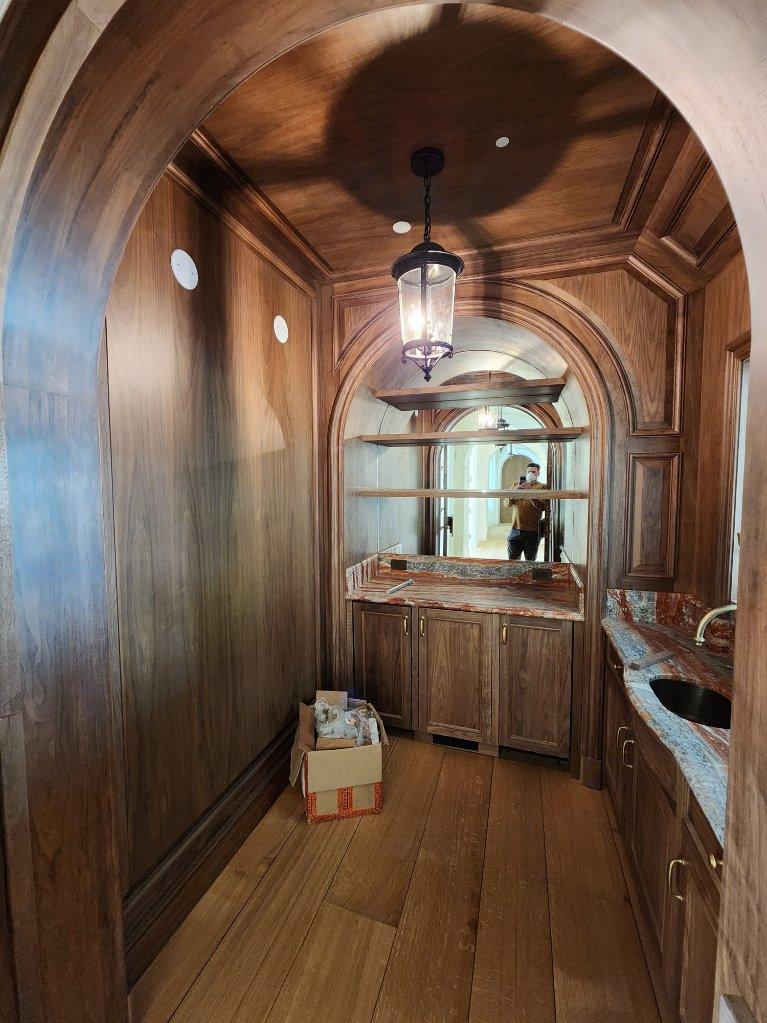We provide an overview of patios in our blog post “MOAT’s Patio.” The topic of the second blog post will be the materials available for patio flooring. It acts as a reference to assist you in making judgments based on durability, cost and benefits, aesthetic value, and other crucial aspects.

1. Concrete: Builders of new homes frequently suggest concrete for patio flooring and surfaces. When you don’t have a certain design in mind, it delivers good aesthetic value. Due to its flexibility and ability to be shaped into any shape, concrete may be used in a variety of design concepts. It is strong and economical, needing fewer building hours. Concrete patterns can be painted, brushed, smoothed, stamped, tinted, and scored, to name a few. Using your preferences as a guide, you can construct a unique layout.
2. Flagstone: Flagstone is a suggested patio material if your patio is near a body of water, such as a swimming pool. Water can make surfaces slick, so flagstone offers a non-slip alternative. In between the stones, grasses and mosses can grow, giving the area a more natural appearance. Flagstone is likewise resilient. Due to the fact that it comes from quarries, it is more expensive than materials like bricks and concrete. You can choose from a variety of flagstone kinds, including bluestone, sandstone, limestone, and quartzite.
3. Bricks: Bricks are a fantastic option for a traditional or rustic appearance. They can be used for your patio’s walls and flooring, enhancing its aesthetic appeal. Bricks are strong and have great fire resistance. But because of the labor-intensive installation method and the price of the material itself, which must be bought separately, they are a little more expensive.
4. Pavers: Pavers have a natural appearance and come in a variety of colors. They mimic concrete bricks. Due to the production process, they cost more than concrete. Pavers are a well-liked option for patio surfaces since they are strong and affordable.
5. Tile: The patio flooring option of tile is very flexible. You can create diverse aesthetic effects with it because it is available in a variety of styles, sizes, and materials. Tile gives many design options, but compared to other materials, it could need more maintenance.
6. Cut Stone: Your patio will have a refined and elegant appearance thanks to cut stone. It offers a variety of shapes, sizes, and finishes, opening up several design options. Cut stone is enduring and requires little upkeep.
7. Discreet Materials: For your patio, loose materials like gravel, crushed stone, or mulch can foster a casual and laid-back ambiance. These provide good drainage and price reasonably. To avoid shifting or displacement, they could need routine maintenance.
8. Mixed Materials: Combining various materials, such as bricks and pavers or concrete and stone, can result in patterns and textures that are aesthetically pleasing. Combining materials makes customization and unusual design options possible.
9. Wood Decks: Patios with wood decks have a cozy and welcoming atmosphere. They provide a timeless, natural appeal, especially when paired with outdoor furniture and vegetation.
However, wood decks may need more upkeep and be more vulnerable to deterioration. When selecting the ideal flooring and surface material for your patio, take into account your tastes, your financial situation, the amount of upkeep needed, and the overall design concept. To build an outdoor space that is both beautiful and useful, thoroughly analyze the pros and cons of each option.




